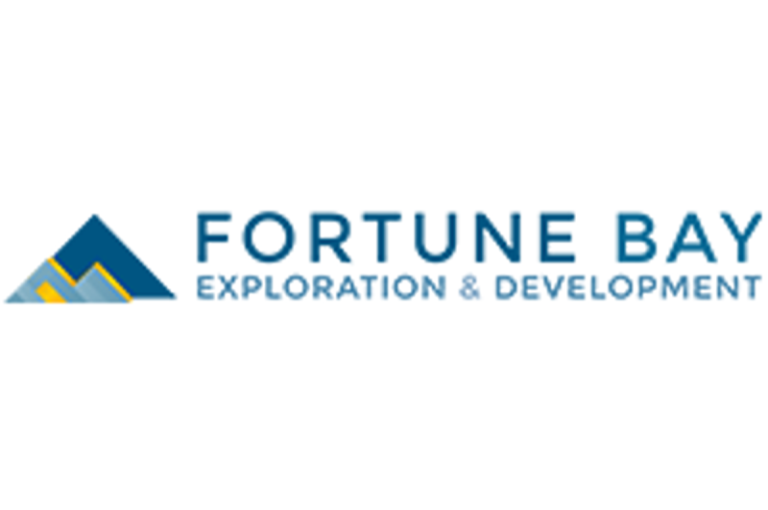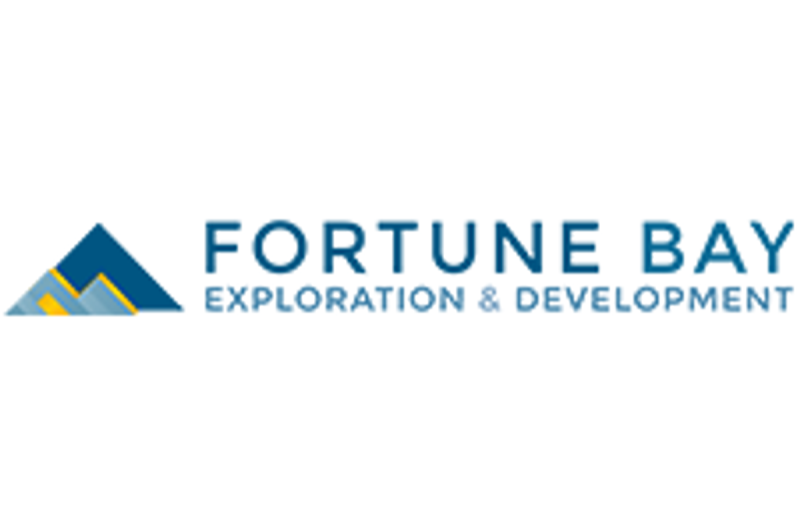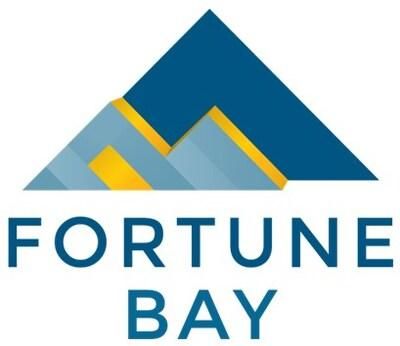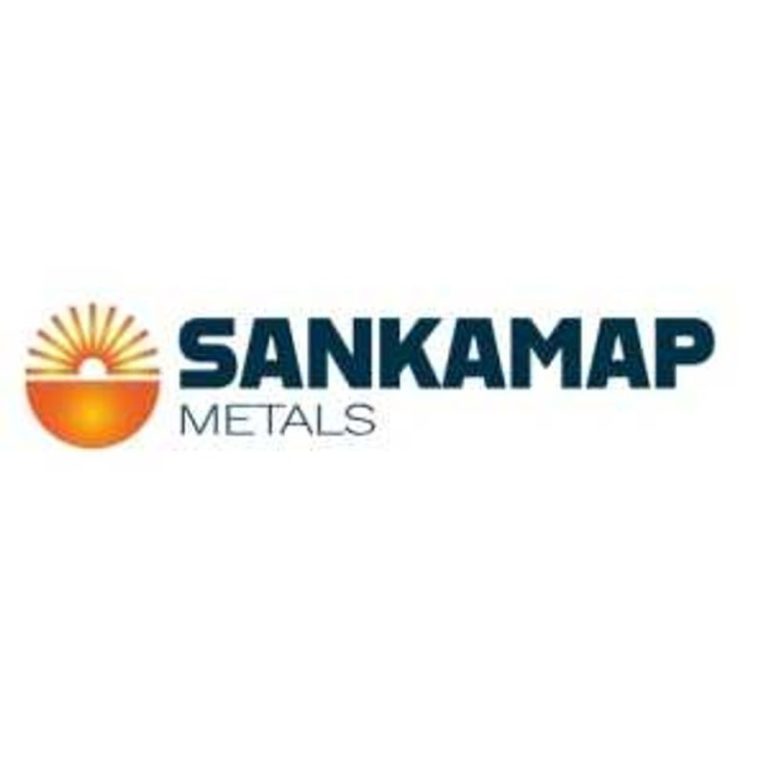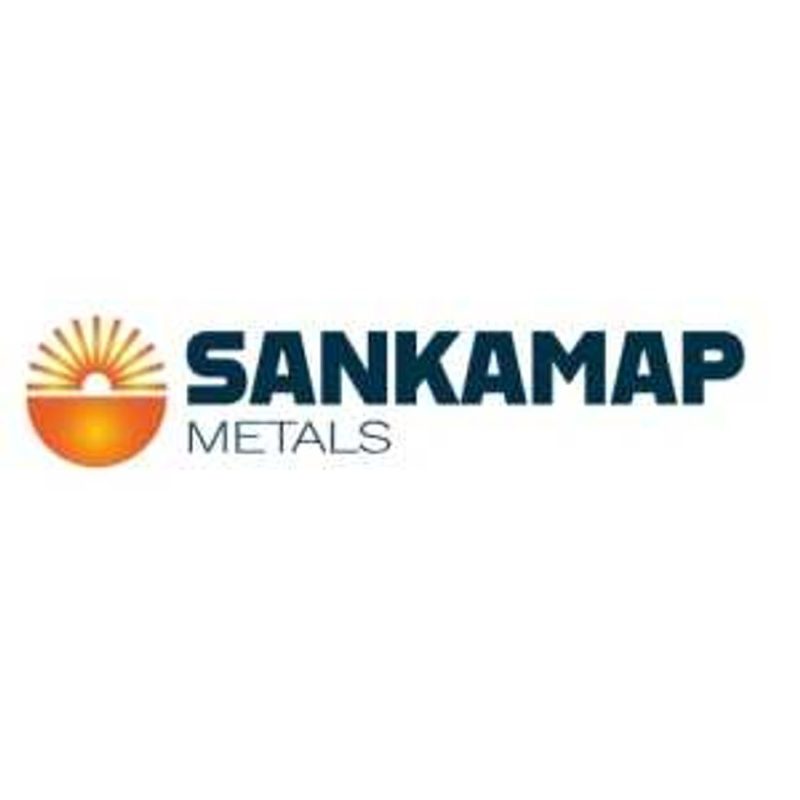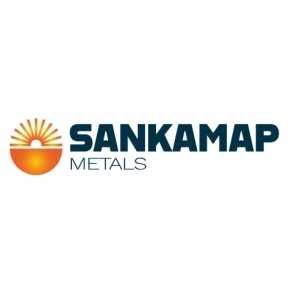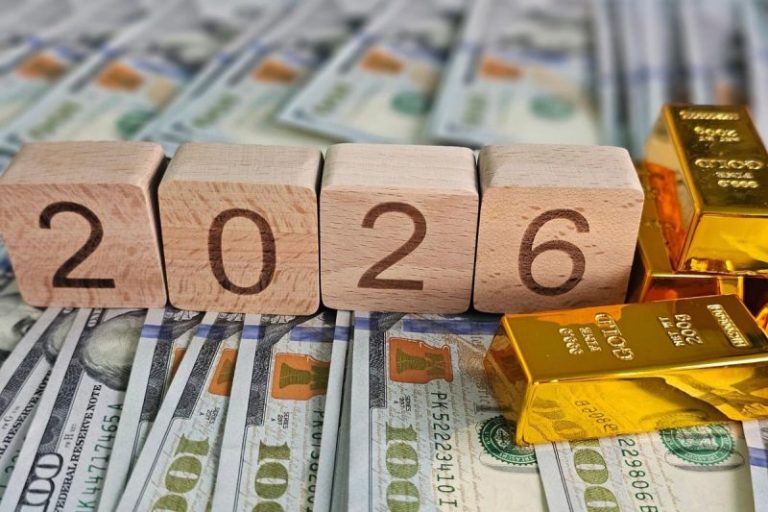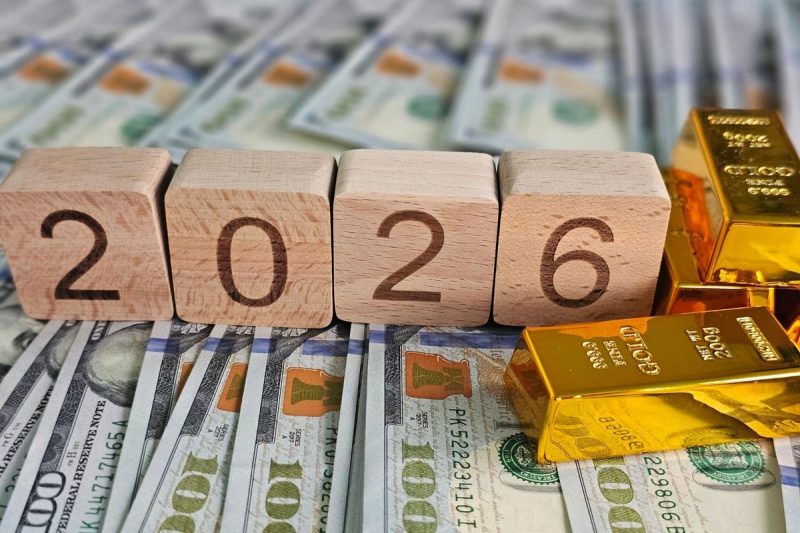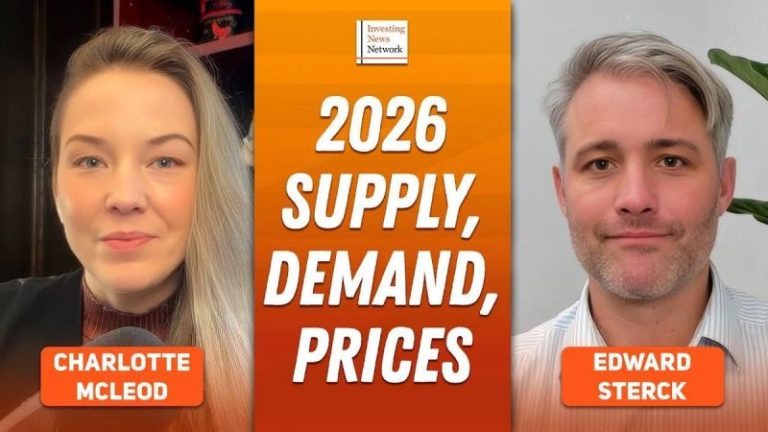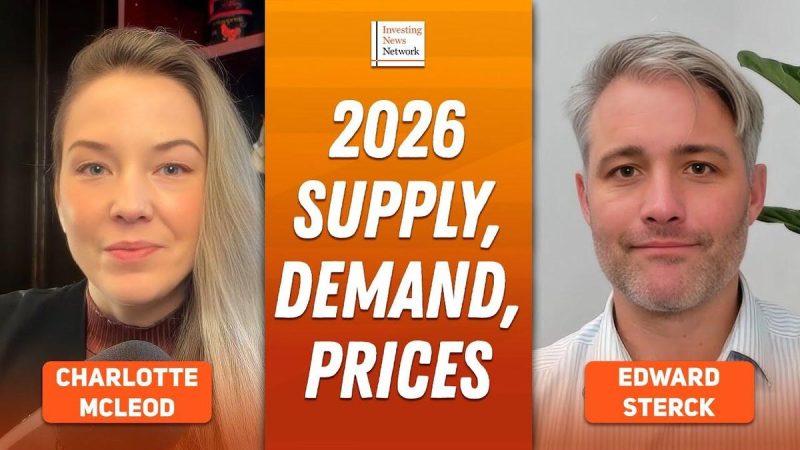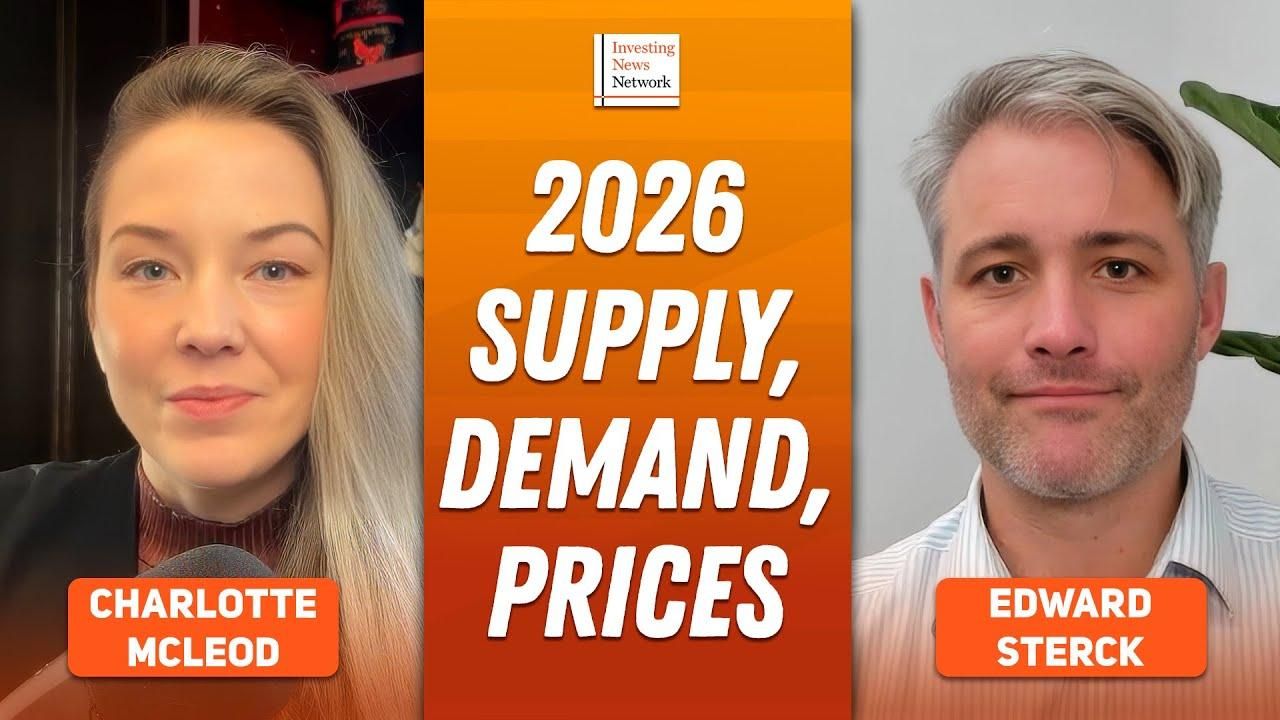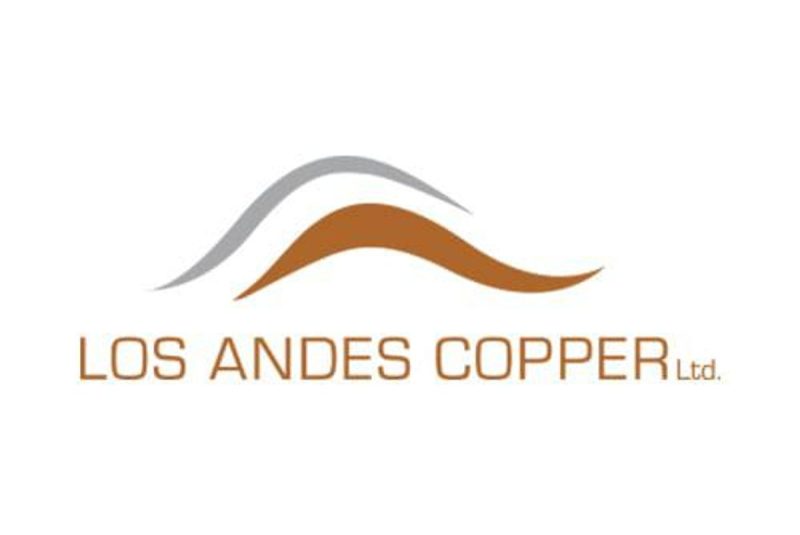
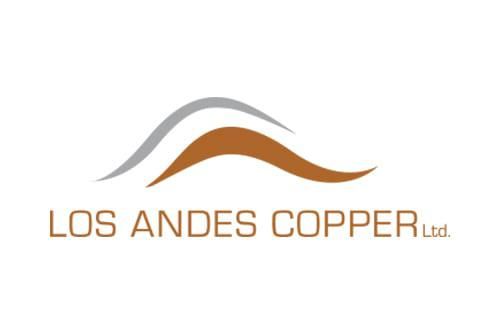
Los Andes Copper Ltd. (TSXV: LA,OTC:LSANF) (OTCQX: LSANF) (‘Los Andes’ or the ‘Company’) is pleased to provide an update on the Company’s successful community engagement and social development programs carried out during 2025.
Highlights
- Successful launch of third Female Entrepreneurs program, receiving 350 applications.
- Renewal of the partnership with national and local educational institutions to develop mining-related skills at local high schools and universities.
- Two community agreements renewed to advance work on outdoor recreation projects and conceptual environmental offset studies for the Vizcachitas Project.
- Organized landmark seminar facilitating important discussions on the compatibility and complementary nature of mining and farming activities in the Valparaíso Region.
Santiago Montt, CEO of Los Andes, commented:
‘We have made further notable achievements this year with our community outreach programs which remain a vital part of our work to advance the project. The successful completion of our programs across the year has helped to strengthen partnerships across the local communities.
‘We are very pleased with the response and look forward to continuing to work closely with the community to highlight the benefits Vizcachitas will bring. This includes outdoor recreation projects and the conceptual development of environmental offset that could benefit community properties which have remained underused.
‘We remain committed to creating shared values and fostering sustainable development in the Putaendo County, San Felipe Province and Valparaíso Region through our partnerships, programs and collaboration with stakeholders. We look forward to continuing this important work in the years ahead.’
Further information
Securing and maintaining the social license to operate and enhancing community engagement is a key focus for Los Andes. Work on the ground has continued with the Company’s community engagement teams focusing on ensuring that the Vizcachitas project remains an engine of sustainable regional development and that meaningful collaboration is occurring with the local stakeholders.
The Vizcachitas project is expected to provide sustainable economic development to the Valparaíso Region. The regional GDP is expected to increase by more than 3% with the project’s development, according to the social impact assessment study carried out by José Ignacio Guzmán, Professor at Universidad Católica de Chile (2023).
The Company successfully launched the third iteration of its Female Entrepreneurs program. The number of applications increased by 10% year-on-year to 350 applicants following the success of the previous two programs. 45 aspiring businesswomen from across Putaendo county were selected to participate in the program.
Los Andes also renewed and expanded its partnership aimed at developing mining-related skills at local high schools and universities, in collaboration with key national organizations. The partnerships aim to improve young people’s access to quality education and training opportunities that prepare them for careers in the modern mining industry.
In 2024, agreements were signed with two communities in Putaendo that own large parcels of land with the aim of working together to advance work on outdoor recreation projects and the conceptual study of environmental offset opportunities for the Vizcachitas Project. The Company can report that the work has shown potential for collaborative environmental stewardship, and it has renewed the agreements to further advance the opportunities that arose. The collaboration agreement with a local water association in the Putaendo Valley was also renewed.
During the year the Company organized a landmark seminar titled ‘Agriculture and Mining: Collaboration and Synergies of Two Engines of Regional Development’, facilitating important discussions on the compatibility and complementary nature of mining and farming activities in the Valparaíso Region. The event brought together local farmers, business leaders, and the heads of all major national business organizations, including commerce, agriculture, industrial, and mining sectors.
About Los Andes Copper Ltd.
Los Andes Copper Ltd. is an exploration and development company with an 100% interest in the Vizcachitas Project in Chile. The Company is focused on progressing the Project, which is located along Chile’s most prolific copper belt, into production. Vizcachitas is one of the largest copper deposits in the Americas not controlled by the majors and the Company believes it will be Chile’s next major copper mine.
The Project is a copper-molybdenum porphyry deposit, located 150 kilometers north of Santiago, in an area of very good infrastructure. An independent technical report for the PFS, prepared in accordance with NI 43-101, is available on the Company’s SEDAR profile.
Los Andes Copper Ltd. is listed on the TSX-V under the ticker: LA.
Qualified Persons
Antony Amberg CGeol FGS, the Company’s Chief Geologist, is the qualified person who has reviewed and approved the scientific and technical information contained in this news release.
For more information please contact:
Santiago Montt, CEO
santiago.montt@losandescopper.com
Tel: +56 2 2954-0450
Elizabeth Johnson, Investor Relations
Elizabeth.johnson@losandescopper.com
E-Mail: info@losandescopper.com or visit our website at: www.losandescopper.com
Follow us on twitter @LosAndesCopper
Follow us on LinkedIn Los Andes Copper Ltd
Certain of the information and statements contained herein that are not historical facts, constitute ‘forward-looking information’ within the meaning of the Securities Act (British Columbia), Securities Act (Ontario) and the Securities Act (Alberta) (‘Forward-Looking Information’). Forward-Looking Information is often, but not always, identified by the use of words such as ‘seek’, ‘anticipate’, ‘believe’, ‘plan’, ‘estimate’, ‘expect’ and ‘intend’; statements that an event or result is ‘due’ on or ‘may’, ‘will’, ‘should’, ‘could’, or might’ occur or be achieved; and, other similar expressions. More specifically, Forward-Looking Information involves known and unknown risks, uncertainties and other factors which may cause the actual results, performance or achievements of the Company, or industry results, to be materially different from any future results, performance or achievements expressed or implied by such Forward-Looking Information. Such Forward Looking Information includes, without limitation, the timing of and ability to obtain TSX-V and other regulatory approvals and the prospects, details related to and timing of the Vizcachitas Project. Such Forward-Looking Information is based upon the Company’s assumptions regarding global and Chilean economic, political and market conditions and the price of metals and energy and the Company’s production. Among the factors that have a direct bearing on the Company’s future results of operations and financial conditions are changes in project parameters as plans continue to be refined, a change in government policies, competition, currency fluctuations and restrictions and technological changes, among other things. Should one or more of any of the aforementioned risks and uncertainties materialize, or should underlying assumptions prove incorrect, actual results may vary materially from any conclusions, forecasts or projections described in the Forward-Looking Information. Accordingly, readers are advised not to place undue reliance on Forward-Looking Information. Except as required under applicable securities legislation, the Company undertakes no obligation to publicly update or revise Forward-Looking Information, whether as a result of new information, future events or otherwise.
Neither TSX Venture Exchange nor its Regulation Services Provider (as that term is defined in policies of the TSX Venture Exchange) accepts responsibility for the adequacy or accuracy of this release.

To view the source version of this press release, please visit https://www.newsfilecorp.com/release/276918

News Provided by Newsfile via QuoteMedia

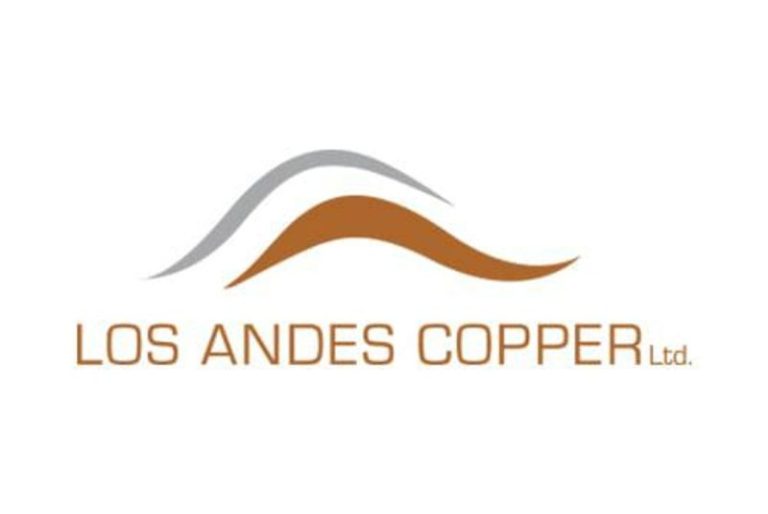
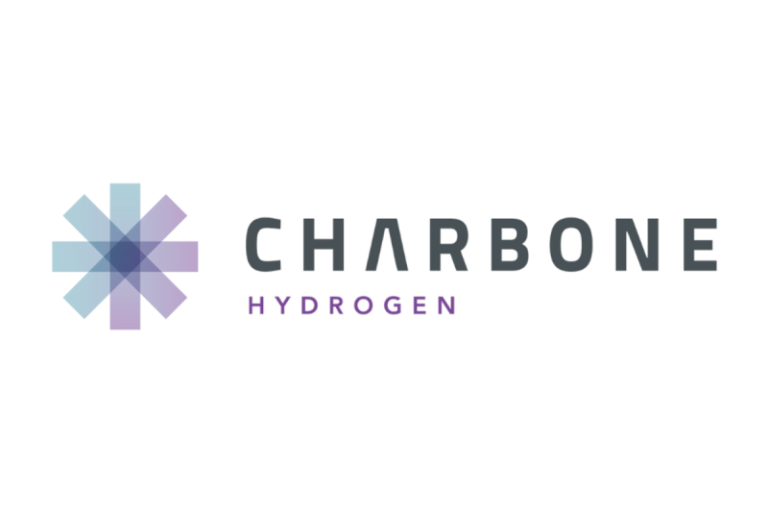
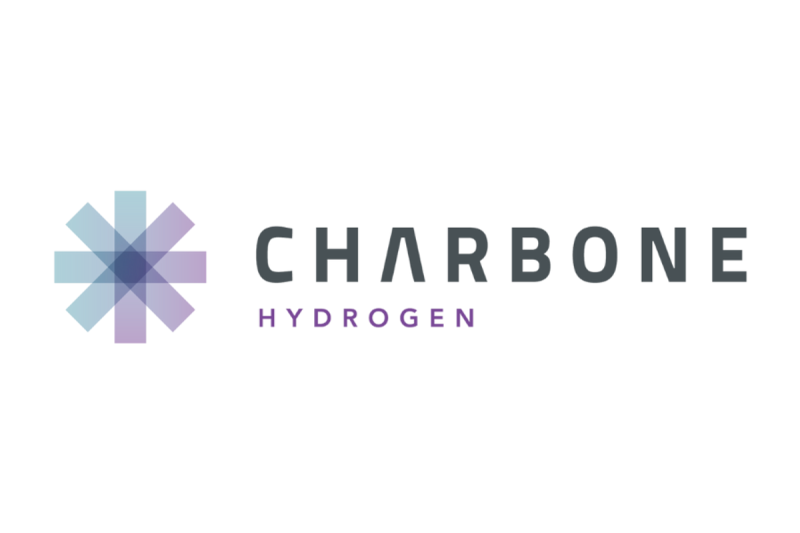
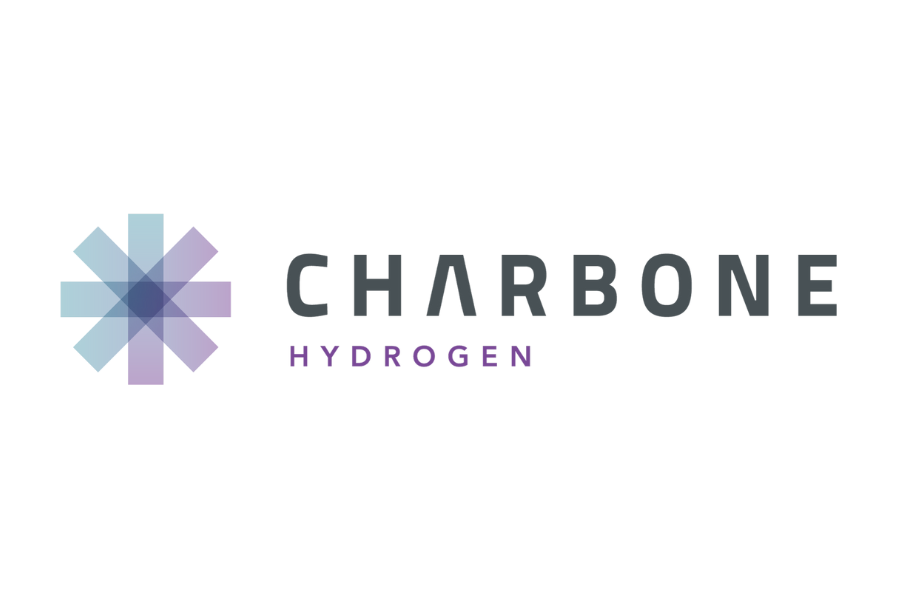




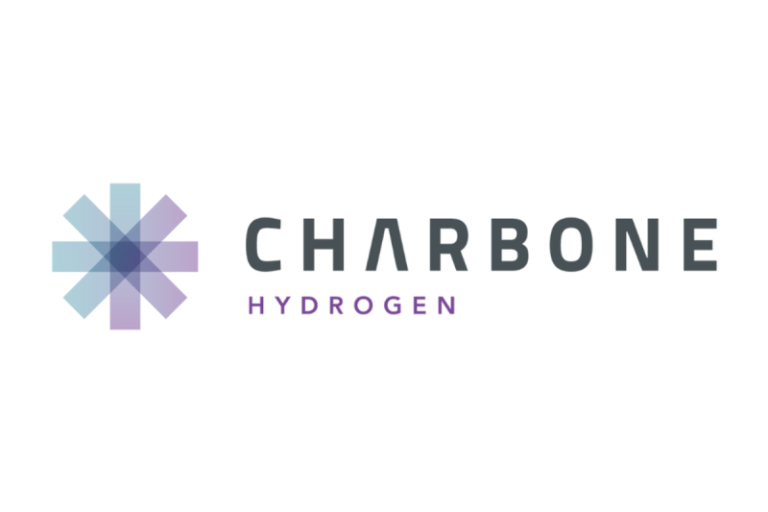
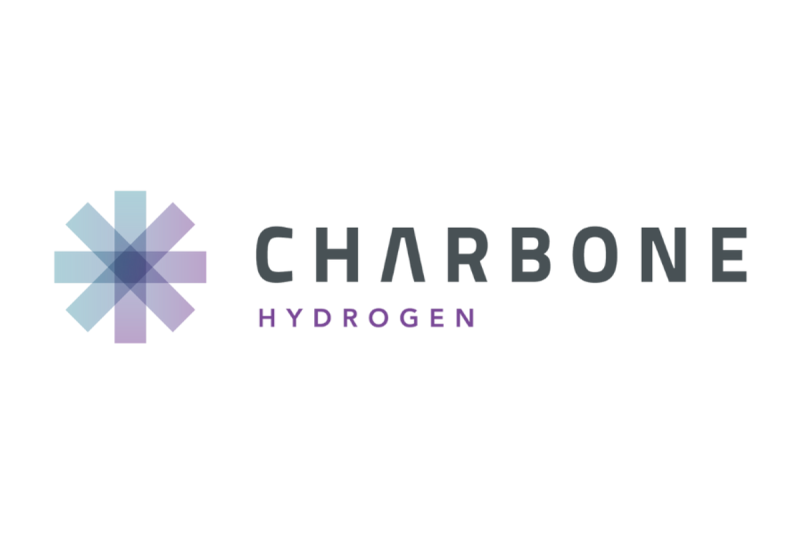

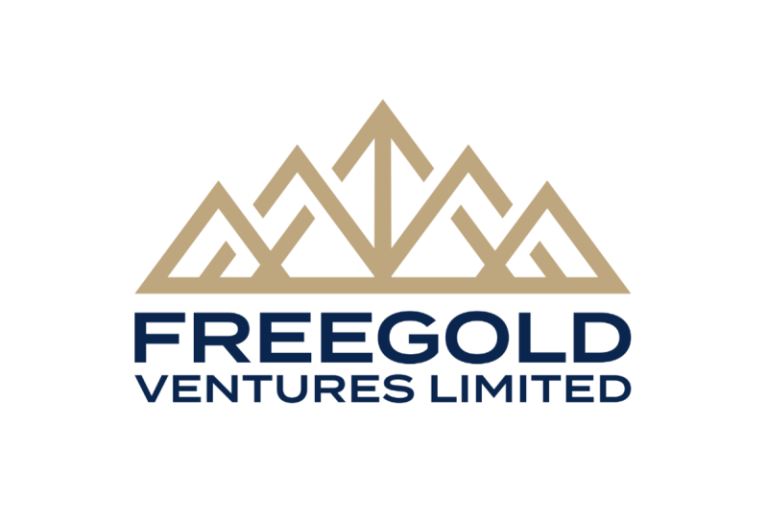
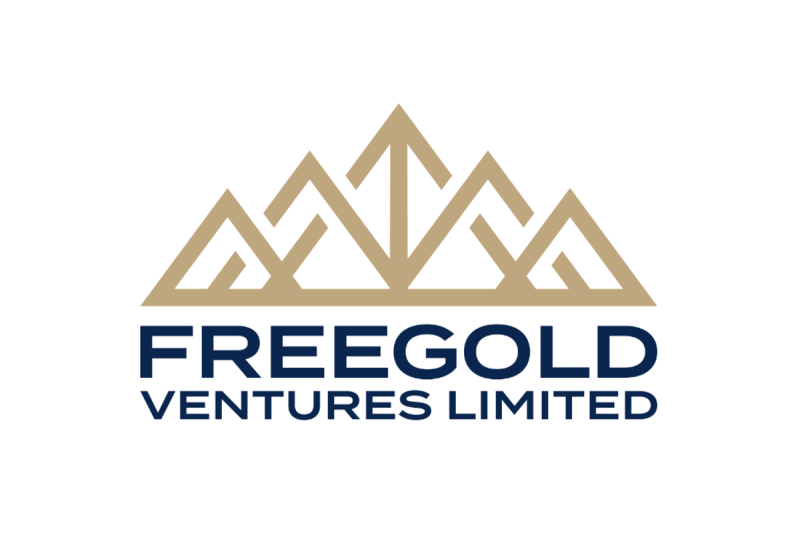
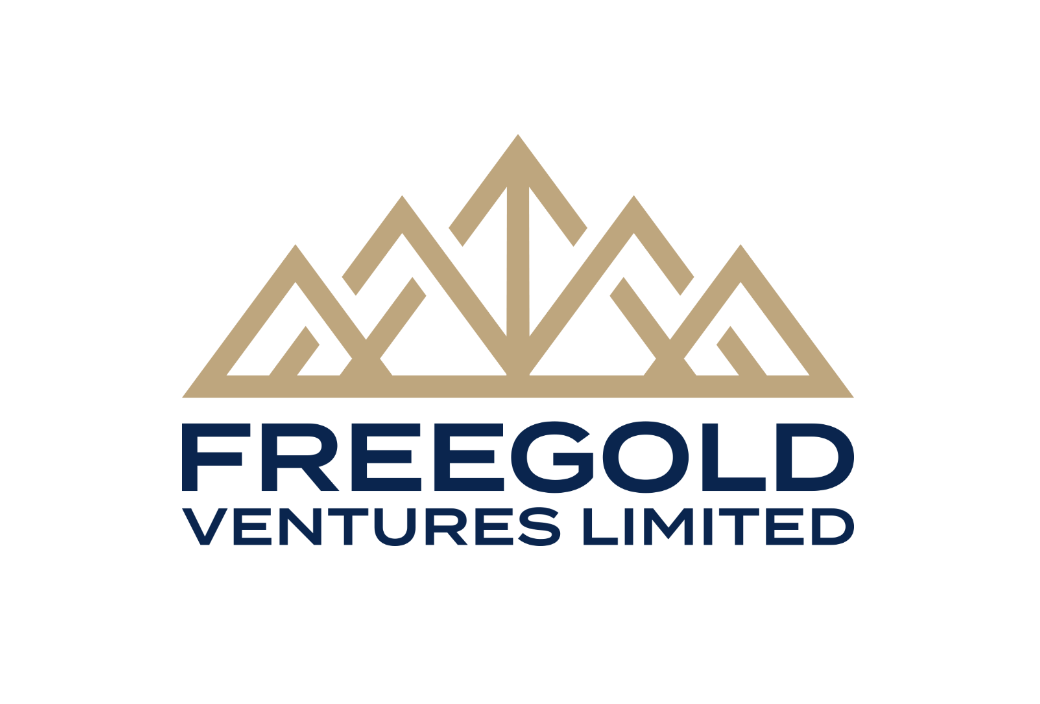
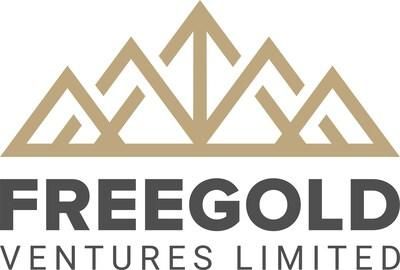
 , producing feed for carbon-in-leach (CIL) for additional gold recovery. Simple gravity and CIL are also being evaluated. This testwork is crucial to maximize the resource’s potential and will underpin the many trade-off scenarios to be evaluated during the Pre-Feasibility stage.
, producing feed for carbon-in-leach (CIL) for additional gold recovery. Simple gravity and CIL are also being evaluated. This testwork is crucial to maximize the resource’s potential and will underpin the many trade-off scenarios to be evaluated during the Pre-Feasibility stage.
